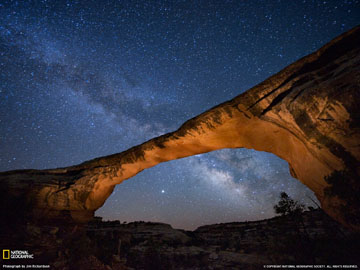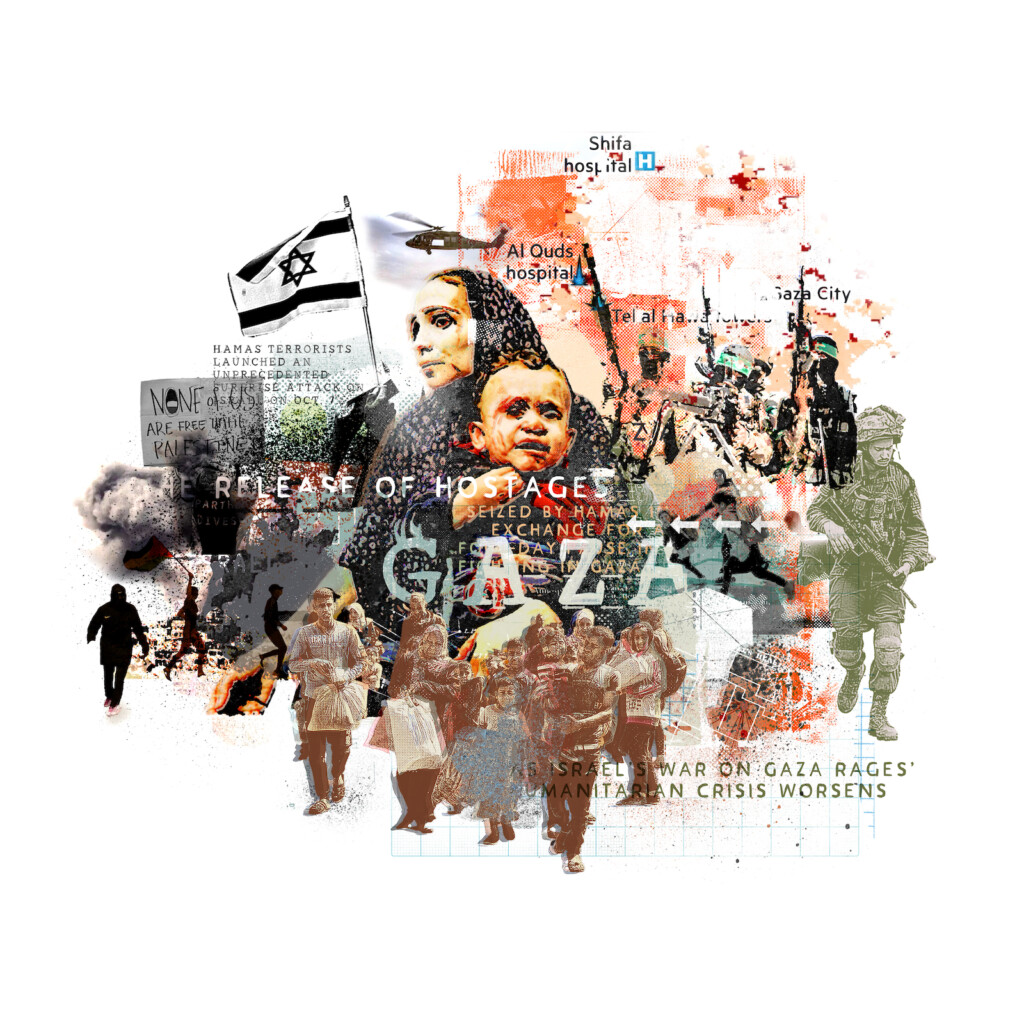Star’s are awe inspiring but you have to leave the well lite valley to see them.
Utah is losing its dark side. In 2008, the state was front and center in a National Geographic issue about light pollution. The few remaining places still dark enough to conduct astronomical observations include Natural Bridges National Monument, which was named the first Dark Sky Park by the International Dark-Sky Association. But the Wasatch Front suffers from bright nights as a result of the extremely well-lit 1-15 corridor, and the attendant big box and shopping centers that use flood lighting systems over forty-feet high.
Is there a solution to light pollution?
Light pollution and air pollution go hand in hand, says Utah State light pollution researcher Rachel Nydegger. “I try to tie air pollution with light pollution so that people will care about both.” All of Utah’s electricity is from coal-fired power plants. More lights means more air pollution. Nydegger added, “Thirty-percent of a city’s budget goes into lighting.” Controlling light pollution is simple, turn it off or tone it down. In addition to saving money and reducing air pollution turning down the lights benefits human health and wildlife.
Light pollution adversely affects Utah’s wildlife and seasonally migrating animals. In 2011, 1,500 migrating grebes, confused by city lights bouncing off clouds, died after mistaking a parking lot for ponds. Birds worldwide die from not being able to navigate by the moon and stars.
Research suggests that because of light pollution eighty percent of the earth’s population will never see the Milky Way in their lifetime. This summer, Paris, known for more than a century as the “City of Lights” began requiring businesses and public buildings to go lights-out from 1 to 7 AM in response to public outcry about light pollution.
 The highly visible Utah State Capitol building and the surrounding complex has an average monthly electric bill of $79,200, according to 2012 figures supplied by Chris Atkins, energy manager for the site. Since the Capitol building is bathed in floodlights 365 nights a year, it would be safe to assume a big chunk of the electric bill could be trimmed by simply shutting off some lights. Besides saving bundles of taxpayer dollars for unnecessary lights, darkening the Capitol and other public buildings
The highly visible Utah State Capitol building and the surrounding complex has an average monthly electric bill of $79,200, according to 2012 figures supplied by Chris Atkins, energy manager for the site. Since the Capitol building is bathed in floodlights 365 nights a year, it would be safe to assume a big chunk of the electric bill could be trimmed by simply shutting off some lights. Besides saving bundles of taxpayer dollars for unnecessary lights, darkening the Capitol and other public buildings
in Salt Lake City could have beneficial effects for humans and wildlife.
Since all of Utah’s electricity is produced from coal-fired power plants, any cutback in electrical use would decrease air pollution from these power plants. Officials estimate power plants are the third heaviest polluter behind automobiles and private industry. Last January, Gov. Herbert’s press secretary, Ally Isom, tried in vain to deflect complaints about the worst air pollution in the nation with “the State of Utah is doing all it can.” Most of us scoffed.
At the very least, shutting off unnecessary Capitol lights would be a symbolic gesture signifying state leaders are aware that air is in peril.
Herbert and company could start by turning off the lights during January and July, the heaviest polluted months. The State Capitol complex’s electricity bill was nearly $90,000 in July 2012. Since the governor would like to think of Salt Lake City and Utah as international destinations, why not act like it and follow the example of Paris by turning off some lights? §






